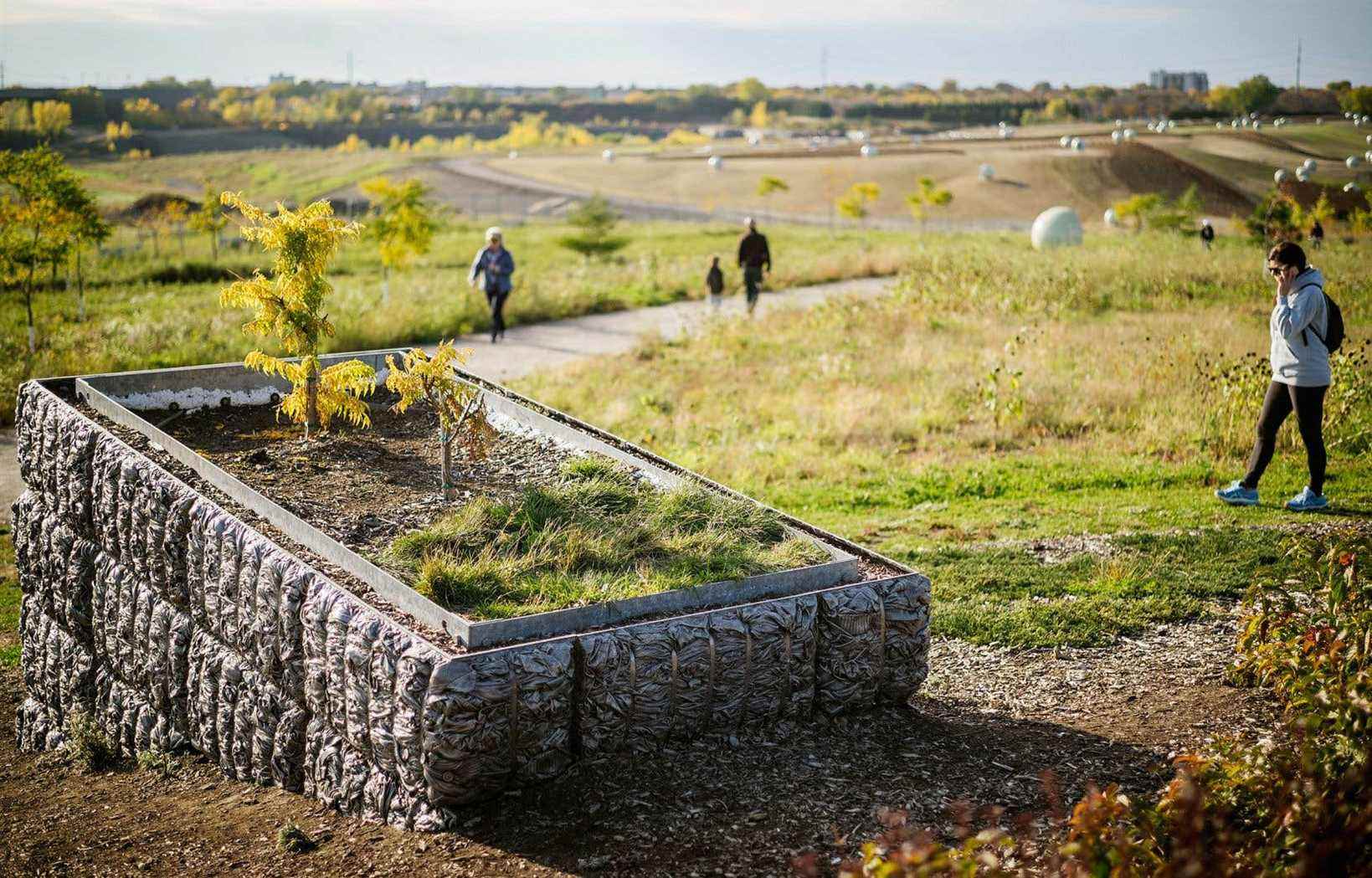This text is part of the special Plaisirs booklet
Municipal Center Ski La Tuque, Haute-Mauricie. Usually, the center is only accessible in winter. This year, the municipality opened it during the color season to invite citizens to take the chairlifts and reach the network of trails in the Chutes-de-la-Petite-Rivière-Bostonnais park, which retrace the stories of characters. locals from La Tuque, such as Félix Leclerc. Volunteers from the Trois Raquettes Walking Club helped orient visitors, many of whom were on their very first mountain experience: young families, seniors, pure beginners.
Next summer, the municipality plans to distribute trekking poles and crampons, and to give advice so that the experience is beneficial to everyone, while ensuring that the impact of hikers is minimal on the natural environment.
Because the number of citizens of La Tuque literally exploded during the pandemic on the tracks and trails. Like everywhere else. “People have rediscovered the pleasure of being active in nature and the benefits that this provides both physically and mentally,” recalls Estelle Paulhus, director of leisure and culture services at the City of La Tuque. The literature keeps repeating it, but this year people really experienced it! The proximity of practice sites in cities, whatever their size, is the best incentive to motivate citizens to move and improve their overall health.
Connect natural spaces
This is, among other things, supported by the very recent guide from the Ministère de l’Éducation Local outdoor activities: a tool for local and municipal development, in which many municipalities, federations and organizations participated, including the regional leisure and sports units (URLS), SEPAQ and Aventure Écotourisme Québec (AEQ). “People who have access to several parks within 500 m or less of their residence do, on average, 21 minutes of physical activity more than others”, supports this study. Accessibility is at the heart of the nearby outdoors, whether we think of the cycle paths or pedestrian paths that allow you to go directly to parks and other green spaces.
The municipality of Boisbriand, in the Lower Laurentians, is working on a connection project to areas of urban concentration: Rosemère, Bois-des-Filion and Saint-Eustache. “We want to create a network through which people could cycle from Boisbriand to other neighboring towns and return by shuttle,” explains Sylvain Benoit, director of the recreation department in Boisbriand. The cycle network, which has 32 km of cycle paths and shoulders, could thus be equipped with connecting sections with the addition of reserved lanes integrated into certain roads when the time comes to renovate the road network.
On the Montérégie side, the City of Candiac has developed the Nature Experience event to give citizens the desire to discover what makes their environment so rich: the St. Lawrence River. “For 12 weeks, residents were able to borrow paddle boards and kayaks,” explains Martin Lavoie, director of the recreation department in Candiac. This first was a great success. »Other projects are under study.
Environmental protection and social anchoring
Developing a local network of green spaces also has an impact on the preservation of biodiversity, especially in hyperurbanized areas like Montreal, to combat the effects of urbanization: better water and air quality, reduction of heat islands, etc. In this regard, the expansion project for Frédéric-Back Park, in Villeray – Saint-Michel – Parc-Extension, is edifying. This park, installed on a former quarry and an old landfill site, will become, in 2026, one of the largest urban parks in the metropolis with 153 hectares enclosed in the city. According to this guide, local outdoor activities “promote environmental awareness among citizens and a better understanding of climatic and environmental issues”.
Pollution, artificial light, city noise and smog: the development of local outdoor activities has direct effects on the quality of life in an urban context. Not to mention that the closer are the practice sites, the shorter the trips by car. It is still necessary, of course, to ensure the maintenance and development of sites, and the organization of unifying activities, such as open-air festivals, to encourage citizens to develop long-term habits. These initiatives are also a good way to involve the local community and to develop collective support for the importance of protecting sites dedicated to the outdoors.
More nature, more money!
Developing parks and infrastructures, hiring outdoor workers to supervise introductory workshops, create bike paths, water launches and hebertism circuits, all of this comes at a cost. But it also comes with significant economic spinoffs, because it contributes to the attractive power of a municipality. Think of the attraction of new citizens and businesses – vectors of local economic vitality – and the rise in land value, the “hedonic price”, which, according to guide, is equivalent to 5%. for a residence located 150 m or less from a park. The larger the network of green spaces and interconnected to several localities, the greater its effects.
This is the case of the P’tit Train du Nord linear park, 234 kilometers long, which crosses 26 municipalities and 6 RCMs, and which is accessible by bicycle in summer and partially by cross-country skiing in winter. Each year, this vast corridor identifies more than one million unique passages and makes it possible to inject $ 18 million into the regional mutuals. We have seen, during the last year and a half, how much the regions with national or regional parks, beaches and privileged natural sites had benefited from the massive arrival of national tourists. It remains to provide these practice sites with adequate supervision and to instill in elected officials enough faith to invest ever more in this avenue.
